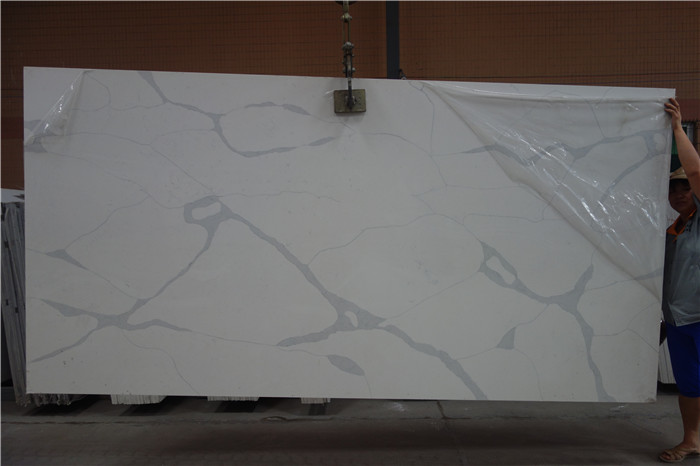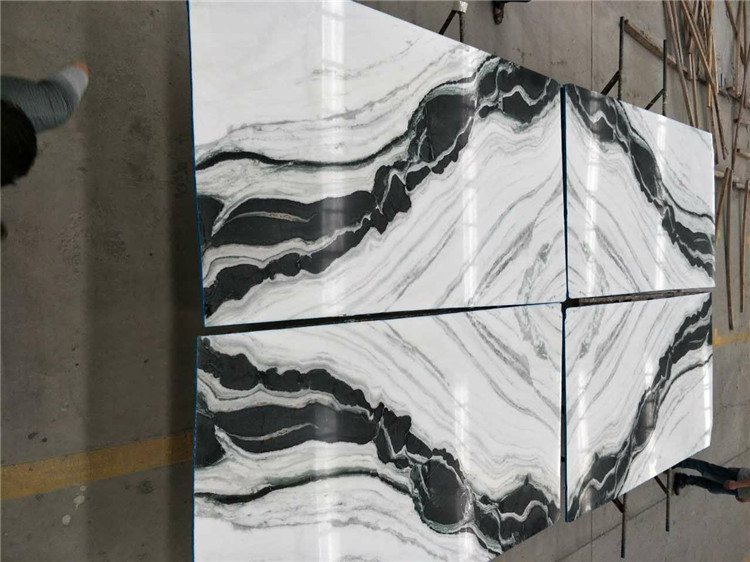What hues are optimal for Quartz Countertops
After years of refinement, the product has significantly enhanced both in quality and aesthetic appeal. Concurrently, there’s a growing interest among consumers and buyers towards this product. Its numerous advantages, including high hardness, minimal water absorption, and exquisite natural stone-like appearance, contribute to its appeal. Moreover, with the rapid evolution of modern decorative styles, the spectrum of colors is continually expanding, prompting the question: What hues are optimal for Quartz Countertops?

Quartz stone possesses the unique ability to emulate various natural stones, a feature widely embraced by consumers. To cater to diverse market demands, manufacturers and designers have innovated a plethora of quartz stone variants, each boasting distinct appearances and colors. Given that the color of quartz countertops profoundly influences the overall kitchen aesthetic, meticulous attention is paid to selecting the ideal quartz stone hue. As seasoned quartz stone manufacturers, it is our aspiration that this article sheds light on the characteristics and applications of different quartz stone colors, aiding prospective buyers in their decision-making process.
The most popular choices for quartz countertops are those in shades of white and grey.
As previously discussed, various periods have showcased different popular colors and types of quartz stone. When selecting quartz countertops, individuals consider a multitude of factors, including prevailing market trends, cabinet colors, and overall kitchen decor styles. Notably, white and gray quartz countertops frequently dominate our surroundings. What accounts for the enduring popularity of these two hues?

White embodies a timeless elegance, revered since ancient times, particularly in the form of white marble. Its popularity has endured through the ages and remains steadfast in the realm of quartz countertops. Moreover, most white quartz variants exhibit remarkable stability in color and quality. Furthermore, continuous innovation by quartz stone manufacturers has yielded an array of aesthetically pleasing white quartz options.
In recent years, contemporary design sensibilities have veered towards simplicity and neutral tones. While beige and golden hues once held sway in architectural materials, evolving preferences, especially among younger demographics, now favor the understated charm of gray and light-colored materials. This shift reflects a preference for relaxed and uncluttered styles over complexity. Consequently, gray quartz countertops have surged in popularity as a favored choice in modern kitchen design.
Quartz countertops in black and blue exude more personality.
Black symbolizes mystery, and its versatility is evident in various furniture and construction materials. For instance, the renowned black marble adorned with golden veins enjoys widespread popularity despite its steep price tag. This demonstrates a general acceptance of black materials, often associated with luxury and commanding high prices. As an embodiment of darkness, black quartz countertops exude an air of mystery and nobility, making them a favored choice in upscale architectural projects.

Artificial quartz stone offers a spectrum of colors and appearances, catering to individual preferences. Blue quartz countertops, with their resemblance to the vast sky and tranquil ocean, possess a distinct personal style. Coupled with the durability of engineered stone, they appeal particularly to younger demographics seeking a unique touch in their living spaces.
People widely recognize beige and brown quartz countertops.
Quartz manufacturers must consider the diverse preferences of their clientele when crafting and designing their product lines. In addition to the aforementioned white and gray quartz countertops, beige and brown variants have also gained popularity, each boasting distinct advantages and applications.
Beige quartz countertops emanate warmth, creating a cozy ambiance in kitchen spaces. Their versatility allows for seamless integration with various furniture colors, expanding the scope of design possibilities. Manufacturers have introduced numerous iterations of beige quartz countertops to cater to different aesthetic preferences.
Brown quartz countertops, while less common, hold a special allure, typically reserved for high-end architectural projects. Despite their limited usage, they possess unique production advantages and an undeniable charm. Designers often combine white quartz stone with brown veins to create quartz products with a natural stone-like appearance.
Ultimately, the choice of quartz color is subjective and should align with individual preferences and the overall decor style. While considering personal taste, it’s also prudent to take into account prevailing market trends to ensure the selection harmonizes with the desired aesthetic for the kitchen project.


